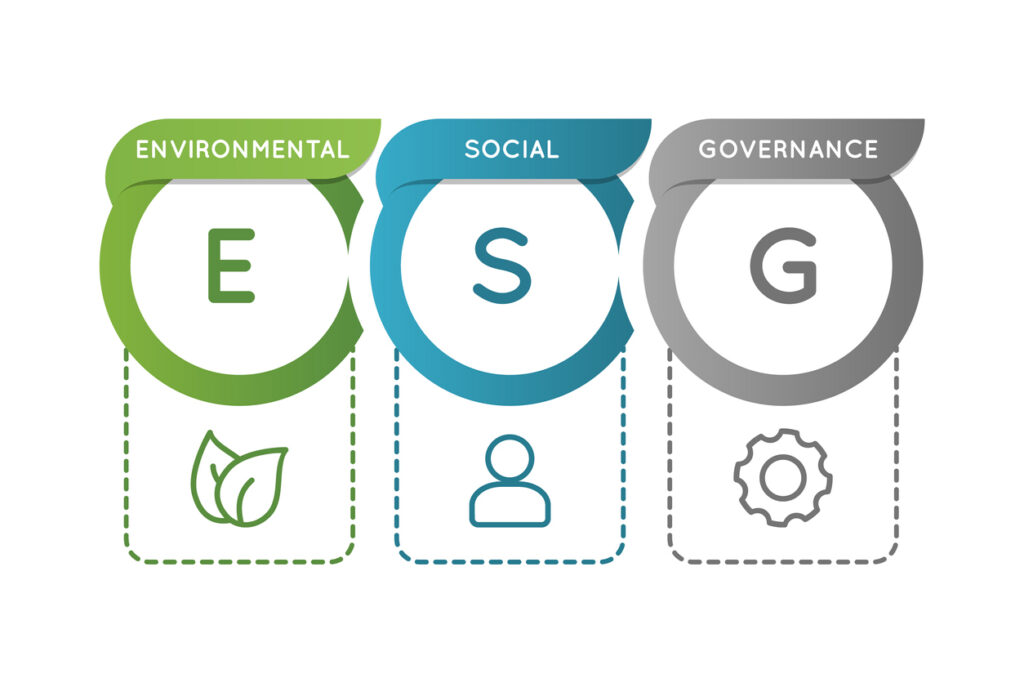Most investors used to believe that the best way to do good in the world was to do well and then give philanthropically to charities and causes that were near and dear to their hearts. It’s still a wonderful way to express your values. But it’s no longer the only way to make positive change.
Enter ESG investing.
At its most basic, ESG investing is investing that’s socially responsible and weighs a portfolio’s returns through the lens of good corporate behaviour, alongside transitional evaluation techniques like capital allocation and cash flow.
Before we dive into ESG investing, it may help to define what the E, S and G in ESG actually means:
- E stands for Environmental and focuses on how companies affect the environment — from climate change policies, greenhouse gas emissions and carbon footprint to water and renewable energy usage, recycling and waste disposal and even employee incentives that promote eco-friendly activities like carpooling and public transportation.
- S stands for Social and includes community and cultural policies inside and outside the organization. These can include diversity and inclusion in hiring and pay, public positions on social justice issues like racism, sexual harassment, gay and trans rights or poverty, as well as ethical supply chain sourcing — for instance avoiding and opposing child labour.
- G stands for Governance and deals with a variety of business ethics issues like executive compensation and bonuses, C-suite diversity, conflict of interest and ethical business policies, practices and enforcement, regulatory track record and interaction with shareholders and employees.
A good way to understand ESG is as an investment framework for investors to assess a company’s environmental, social and governance risks. In the recent past, we’ve tended to evaluate a company’s risks primarily through its financial accounting and shareholder reports and it’s been argued that considering ESG factors in investing might sacrifice returns. But the fact is proactive ESG policies can mitigate negative outcomes and many ESG-focused ETFs consistently beat the S&P 500 *. That may be because traditional narrow measures like financial accounting don’t always adequately account for all company risks. And growing research suggests that evaluating companies through an ESG lens can actually help investors choose better companies to invest in.
For instance, imagine — and you don’t have think hard to imagine this — a company’s factories are dumping toxins in nearby rivers. The company might still show stellar financials on paper but its irresponsible behaviour will likely pose risks to residents nearby as well as investors, if and when the illegal activity is exposed.
ESG also goes deeper to keep companies honest beyond just environmental sustainability on paper. For instance, a company might successfully become carbon-neutral but if its employees are continually becoming injured while at work or it has a toxically misogynistic or racist work environment, these issues will also likely pose risks to productivity and future share value.
So, ESG investing is a helpful and balanced strategy that considers a company’s environmental, social and governance characteristics along with its financial ones to evaluate risk when deciding whether and where to invest.
In our next post, we’ll take a deeper look at ESG investing and why, in the not too distant future, most companies will probably be ESG companies.
* Source: https://www.cnbc.com/amp/2019/12/14/your-complete-guide-to-socially-responsible-investing.html

